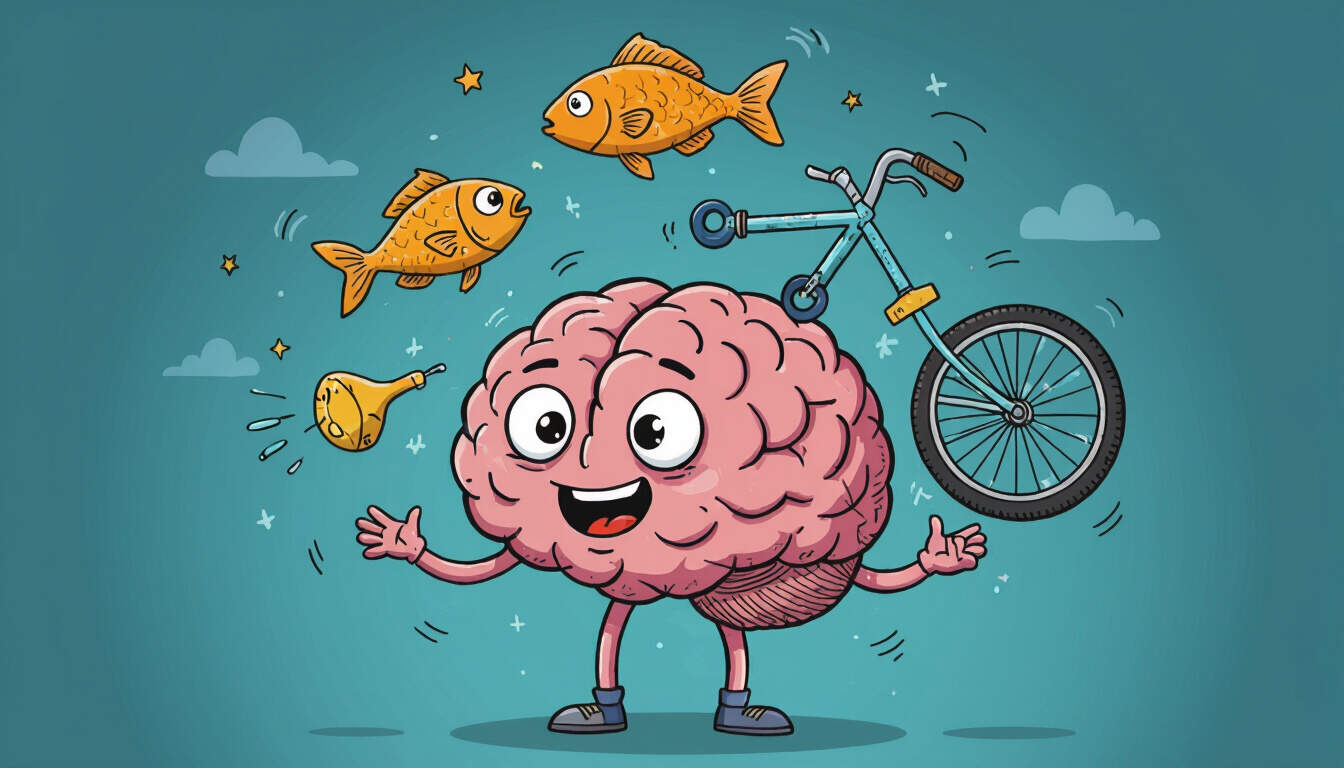Boosting Productivity with Lateral Thinking Exercises
 by Lilian Nienow
by Lilian Nienow
Lateral thinking exercises offer a fresh approach to problem-solving that can significantly improve productivity. Drawing from research in cognitive psychology, these methods help professionals and students foster creativity and focus in their daily routines. Learn simple strategies to apply them effectively.

Lateral thinking exercises provide a creative method for approaching challenges, helping individuals break free from conventional patterns. These exercises encourage fresh perspectives that can lead to better efficiency in work and study.
The Basics of Lateral Thinking
Lateral thinking involves shifting viewpoints to generate innovative solutions. For instance, instead of following a straight path, it prompts exploring indirect routes. Studies in cognitive science show that such approaches activate different brain areas, enhancing overall mental agility.
One key aspect is how lateral thinking stimulates the prefrontal cortex, which is vital for decision-making. Researchers have found that regular practice improves task performance by reducing mental blocks.
Science Behind the Benefits
Evidence from psychology indicates that lateral thinking exercises can enhance focus and efficiency. A study published in a leading journal demonstrated that participants who engaged in these activities showed improved problem-solving speeds compared to traditional methods.
This technique also aids in managing daily tasks by promoting adaptability. For busy professionals, incorporating productivity strategies like this can mean quicker resolution of issues, freeing up time for other priorities.
In educational settings, students benefit from exercises that build creative skills. Data from experiments reveal that groups using lateral methods performed better on complex assignments, highlighting its role in academic success.
Practical Exercises to Try
To get started, try simple activities that challenge your thinking. For example, take a common object and imagine alternative uses for it. This exercise, often called object reimagination, forces you to see beyond the obvious.
Another option is the random word association game. Pick a word at random and connect it to your current problem. Research supports that this method boosts innovative ideas by linking unrelated concepts.
For teams, group brainstorming sessions with lateral twists can yield surprising results. One effective variation is reversing roles, where each person argues from an opposing viewpoint. This not only sparks creativity but also strengthens collaboration in professional environments.
Integrating into Daily Routines
Making lateral thinking a habit requires consistent effort. Begin with short sessions, perhaps five minutes each day, to avoid overwhelming your schedule. Over time, this builds a routine that supports long-term efficiency.
In professional contexts, apply these exercises during meetings to generate new ideas. Students can use them before studying to prepare their minds for absorbing information more effectively.
Tracking progress is important; keep a journal of ideas generated through these methods. Observations from user reports indicate that regular use leads to noticeable improvements in handling tasks.
Real-World Applications
Consider how lateral thinking applies in real scenarios. In business, it can help identify unique market opportunities that others overlook. A case in point is how some companies solved supply issues by rethinking resource allocation.
For students, these exercises aid in essay writing or exam preparation by encouraging original approaches. Feedback from participants in trials shows enhanced engagement and reduced stress levels.
The key is to practice regularly, as ongoing application reinforces the neural pathways involved in creative thinking. This sustained effort translates into better outcomes across various activities.
Potential Challenges and Solutions
While beneficial, lateral thinking might feel unfamiliar at first. Some may struggle with the shift from linear methods. To address this, start with guided exercises and gradually increase complexity.
Patience is essential; results build over time. By persisting, individuals can overcome initial hurdles and enjoy the rewards of improved cognitive flexibility.
In summary, lateral thinking exercises stand out as a valuable tool for enhancing productivity. Through science-backed strategies, they offer practical ways to improve focus and efficiency, making them ideal for anyone seeking better results in their endeavors.
